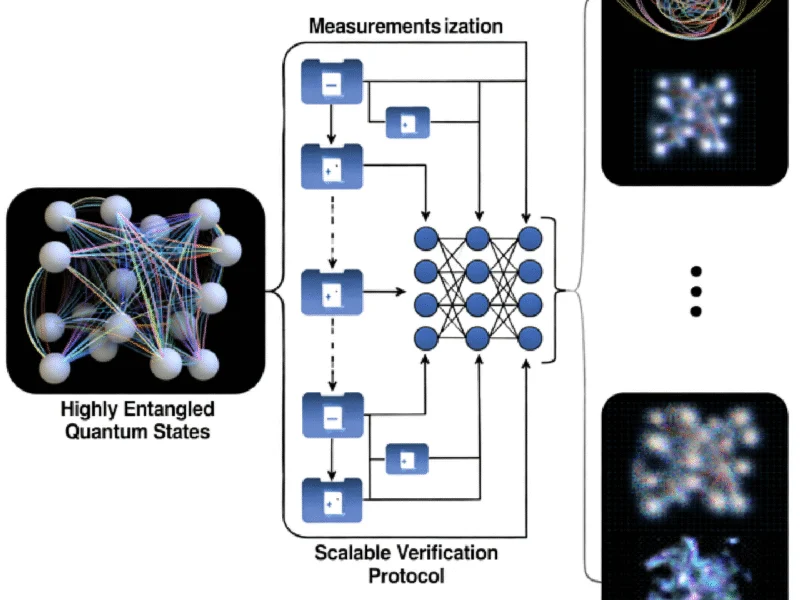New Quantum Verification Protocol Uses Simple Measurements to Validate Complex States
Researchers have developed a surprisingly simple protocol that uses random single-qubit measurements to verify complex quantum states. The approach could make quantum state verification practical for real-world applications where previous methods were too resource-intensive.
Breakthrough in Quantum State Verification
Researchers at the California Institute of Technology have developed a new approach to quantify and verify quantum states that could overcome significant practical limitations of existing methods, according to a recent paper published in Nature Physics. The protocol requires dramatically fewer measurements and computations than conventional approaches, potentially making quantum state verification practical for real-world applications.

